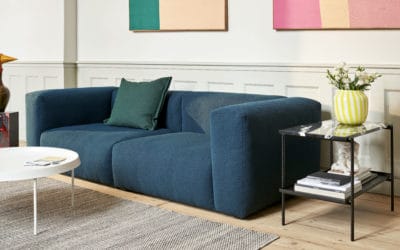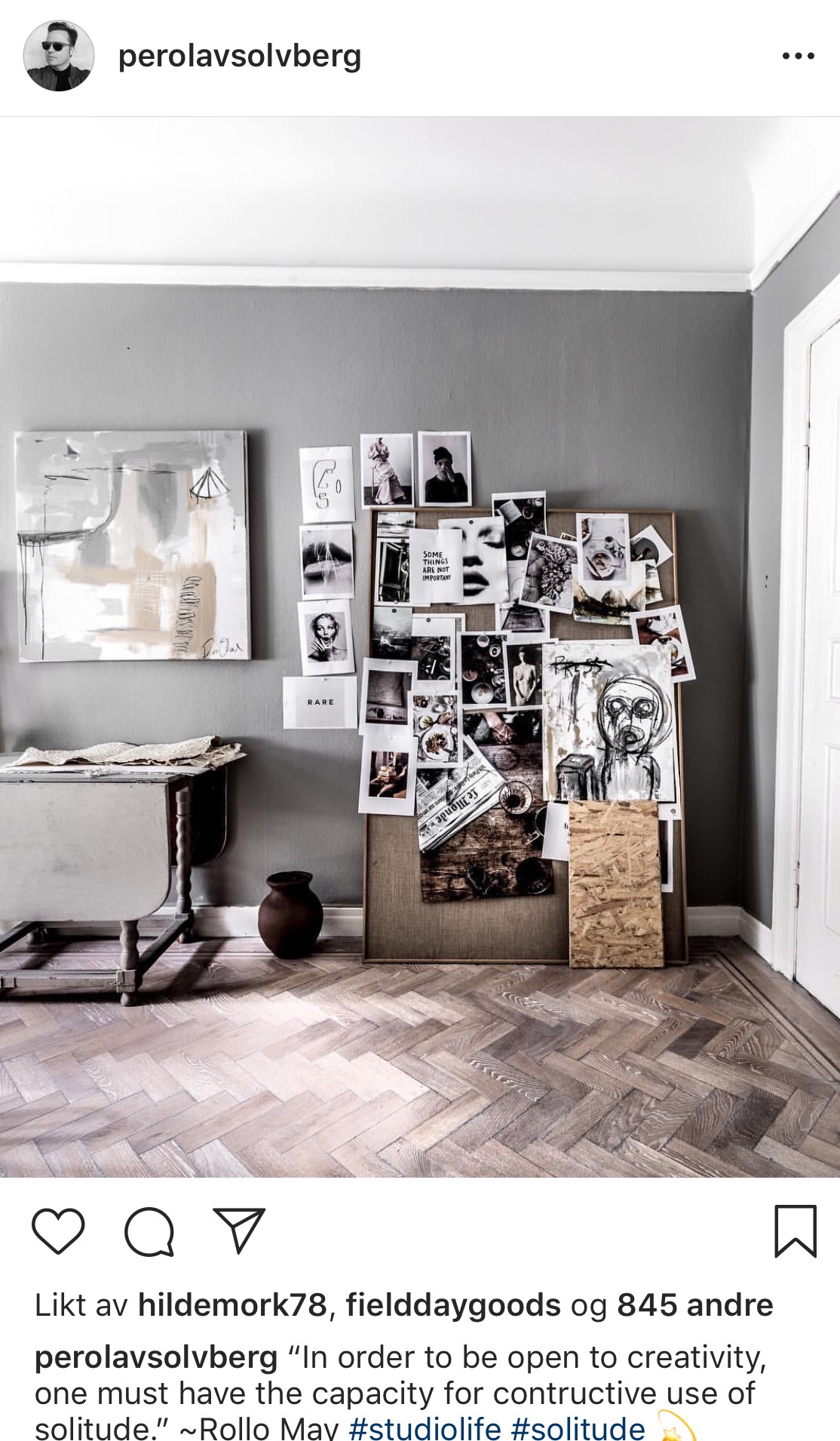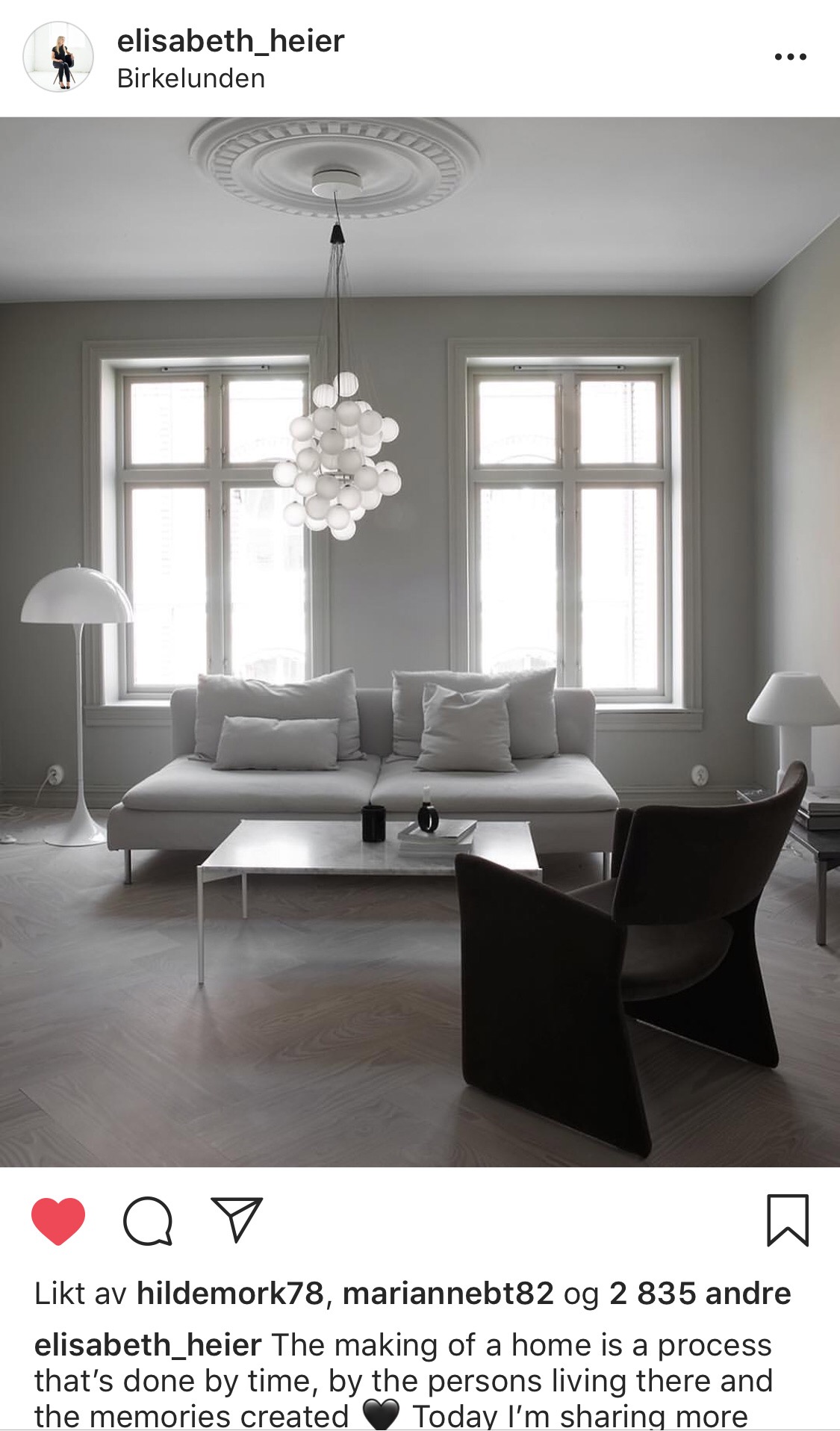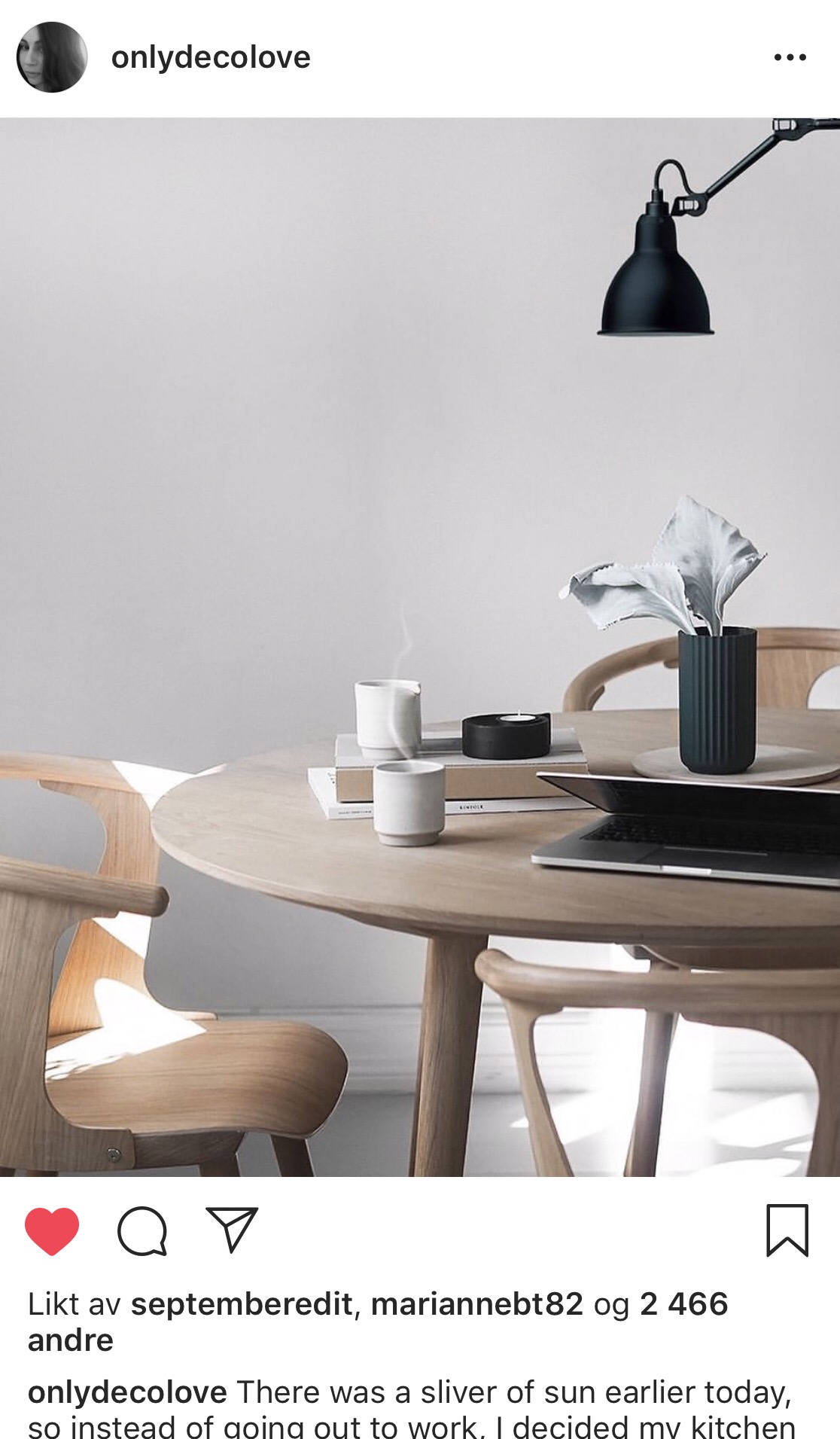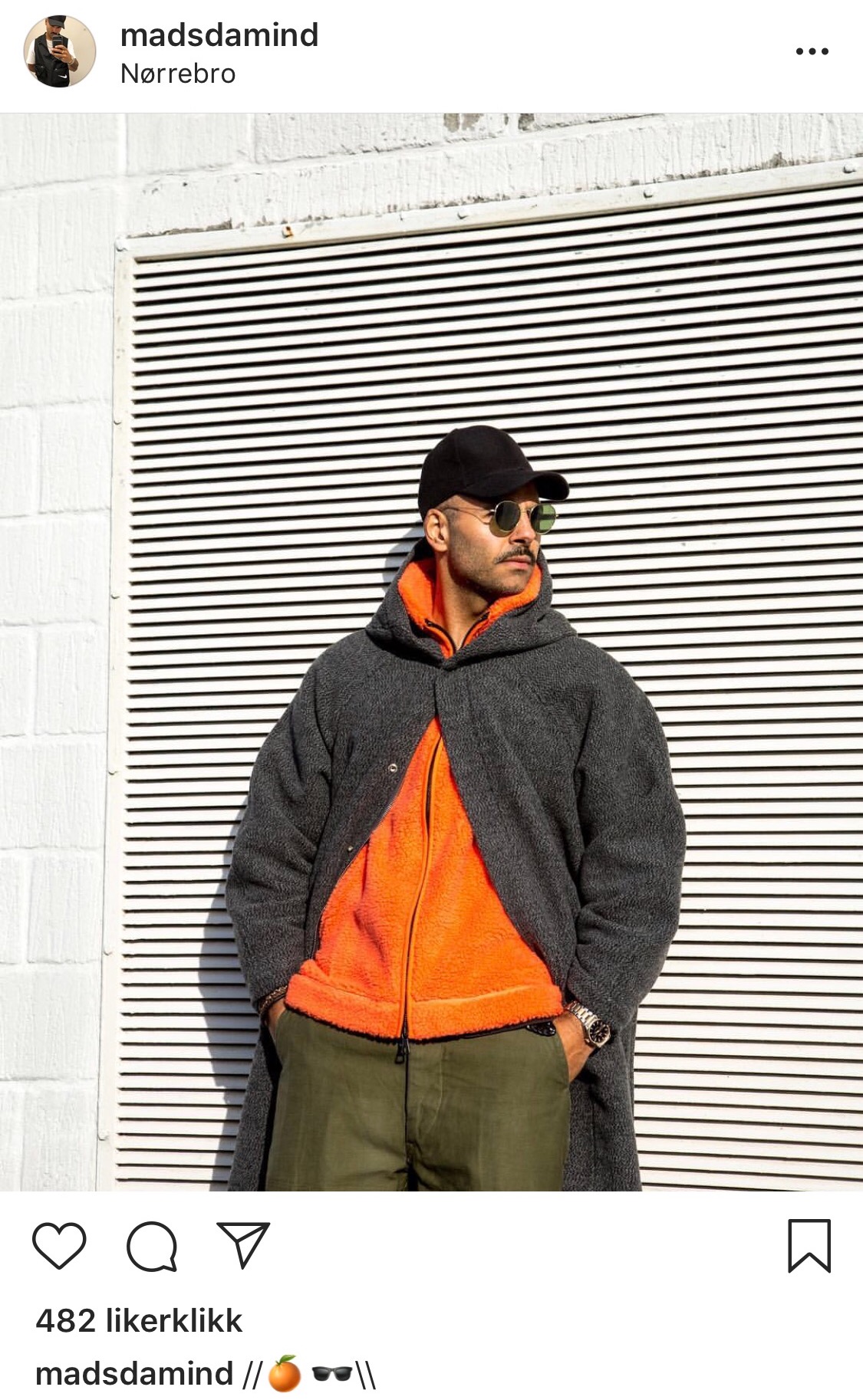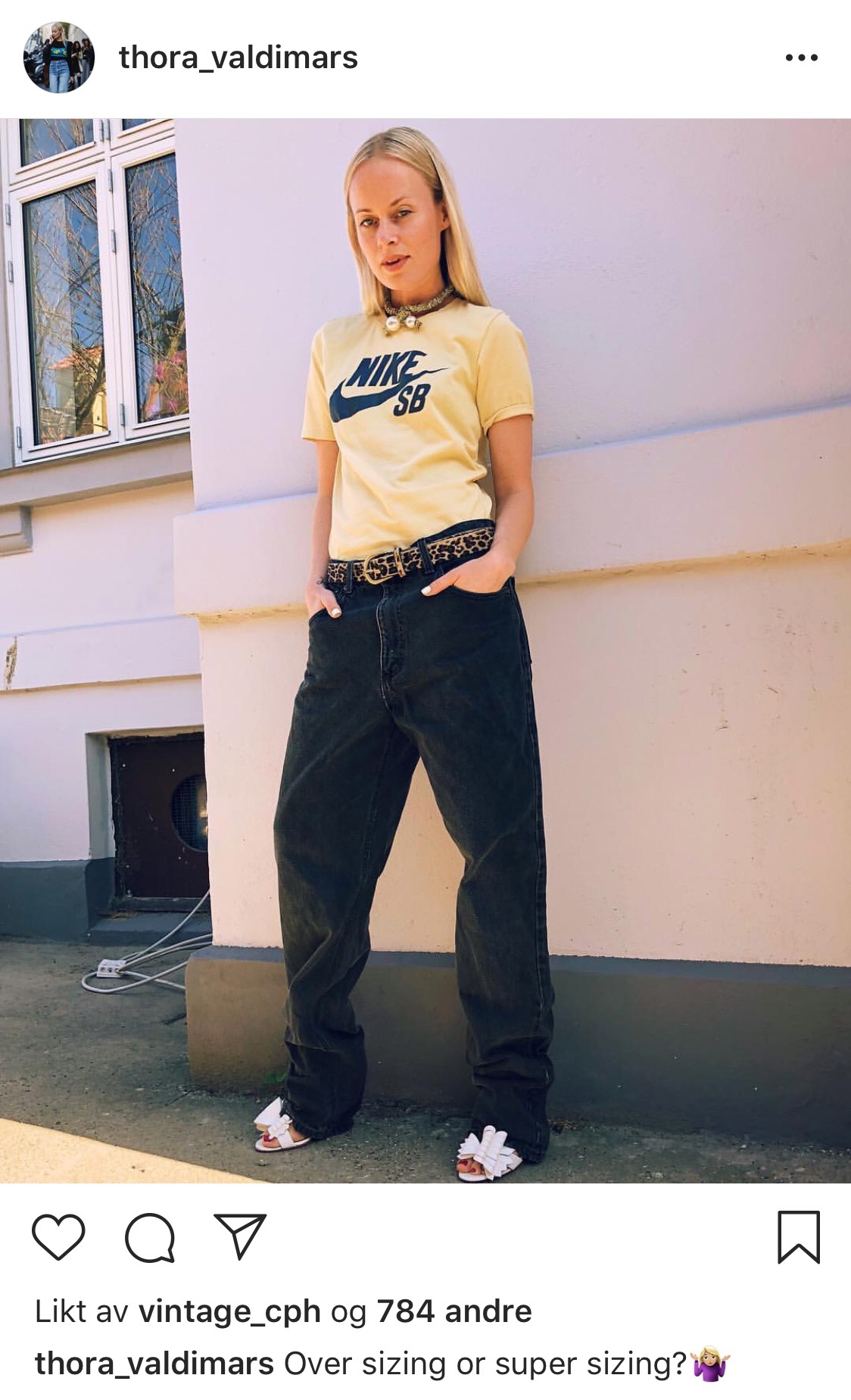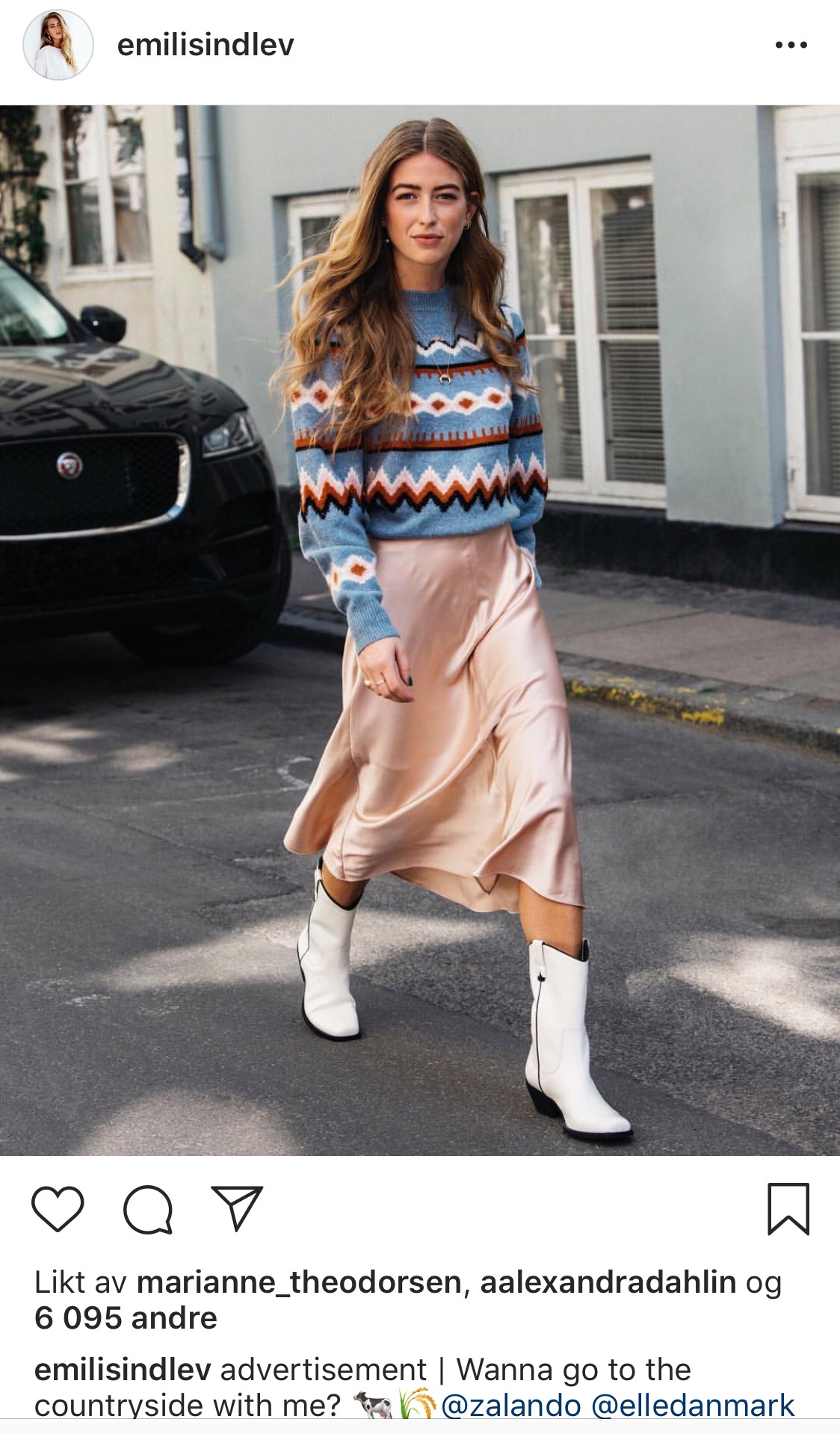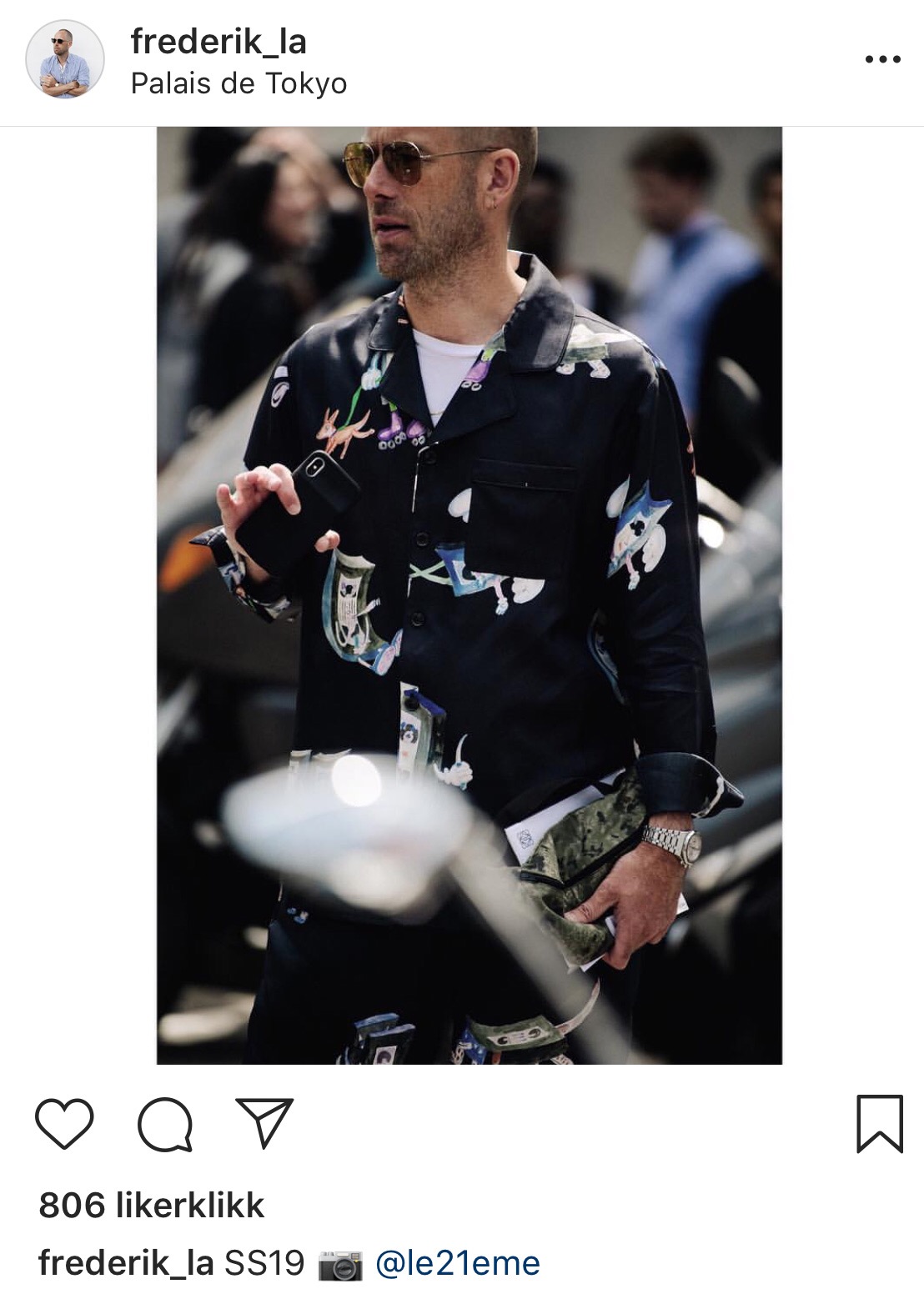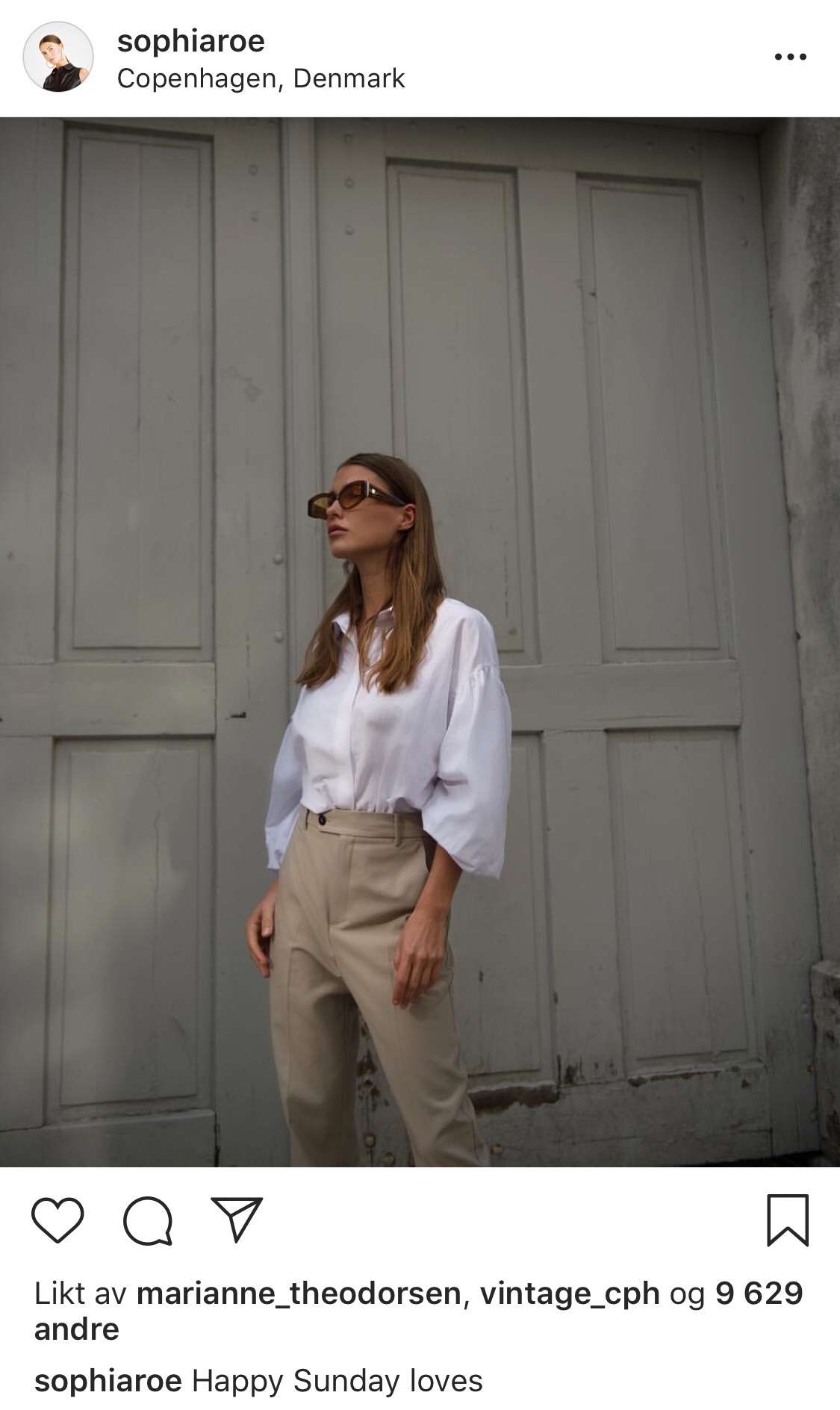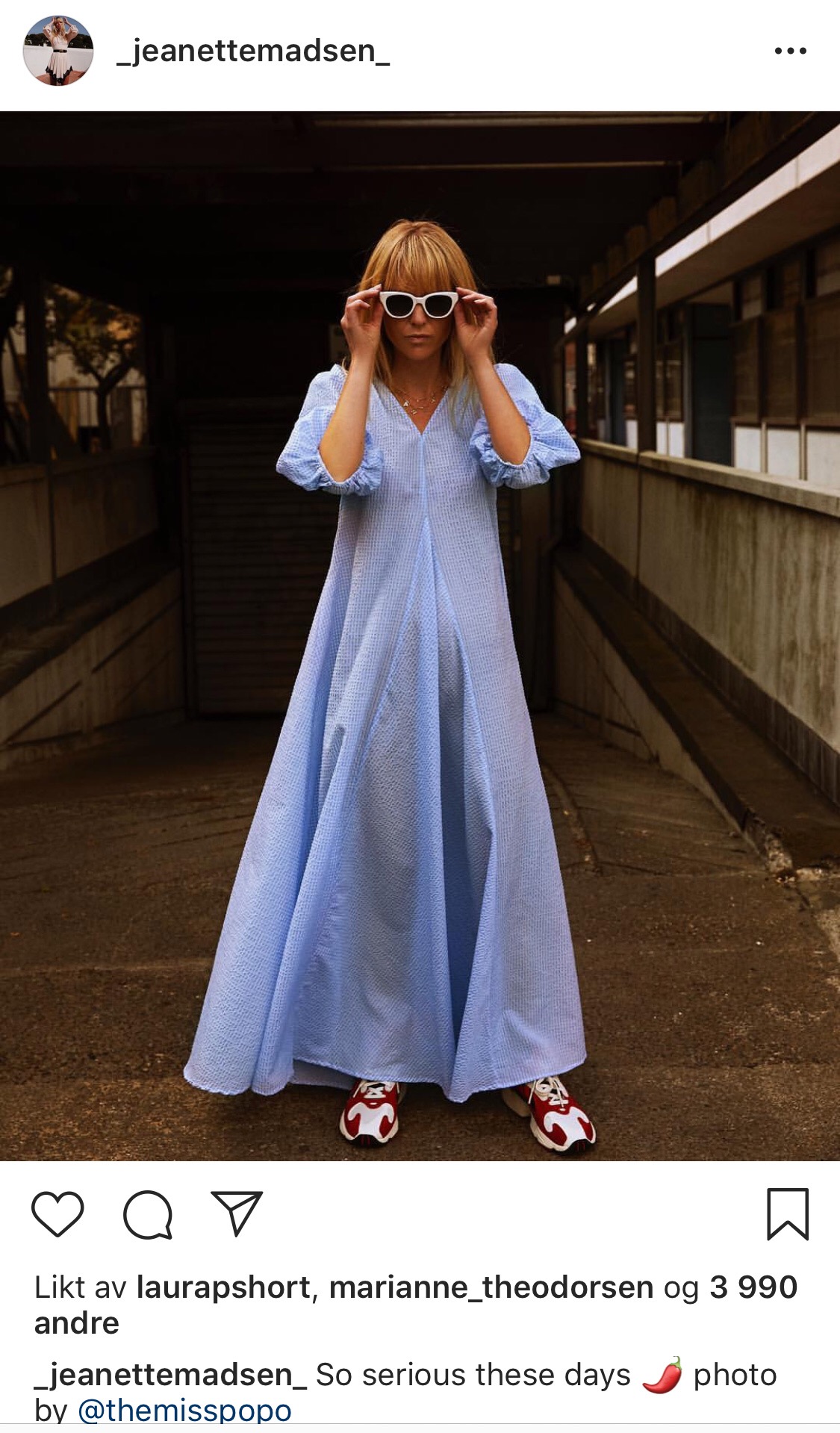As we enter the festive period and this year draws to an end, every country around the globe has been dealing with their markets differently. Insider knowledge from various markets about the ins and outs of the current lockdown status is useful information to have to...
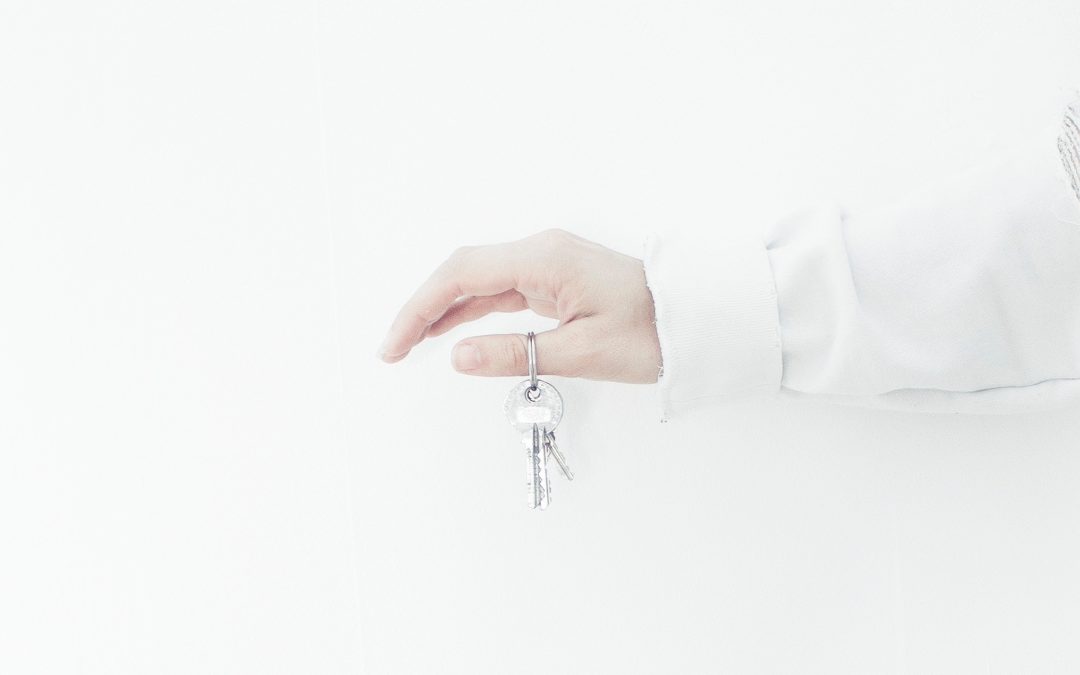
How to unlock the U.S. market
How to unlock the U.S. market
Five Points on Popular Culture Habits in the United States
How Are You? (more statement than a question)
The United States is a big country — divided into states — that being said, approaching New Yorkers can be a little bit different to approaching someone from laid-back California. When is small talk okay and when is it not? Well, Americans are curious beings and love small talk. So go ahead, talk about what an amazing time you had in the Swiss alps or how fascinating your cab ride was on your way to a meeting. Just bear in mind: small talk, literally means keep it small, don’t go off on a tangent – because time is money, especially in a fast-paced environment like New York.
See and Be Seen
Being noticed by important people in the U.S. allows a level of involvement that is crucial in its culture. Hang out at events, network, make friends – be in that proximity. Americans love to know about other cultures, especially through new brands and new trends. Generate more followers on social media and establish relationships with influential people. Be influential in the eye of the influencer. Be well-known.
Go Big, Literally
The fashion and Interior Design market is very big in the U.S., literally and figuratively. With a love for extravagance and an appreciate for the finer things in life, sometimes it can be tricky to reach Americans and break into the market with your design aesthetic. Typically, Americans love to live lavishly with big cars, big houses, duplex penthouses… Sometimes it seems like European furniture companies should literally be bigger to sell in the states – just to fit in. No pun intended.
Be Visually Appealing
We live in a world where we tend to strive towards obtaining beautiful things. Again, living lavishly is part of the American culture. Our internet culture has created a demand for all things eye-catching. Invest in this new culture of unique beauty, whether it is through your website, business cards, logo, etc. Dress to impress is not just a saying for nothing!
Showcase Something Smart and Unique
Make your story stand out and build a deeper connection. Leverage for another US brand to partner up with or do some work with a well respected artist. Aim to be the best and to be unique.
For more details on popular culture habits in the States, have a look at the video below:
Is American Aesthetic Different?
We have come across some designers, who have faced some obstacles entering the US market, as their design aesthetic does not quite fit the big American way. Other European designers, however, seem to be doing just fine. For example, HAY, a Danish design brand has hit big in the U.S. So we asked, did they alter their design aesthetic for the U.S? Or did they promote their design to a market open to something more unique? Here are some thoughts on the topic, from Founder and CEO Sarah Hamon of S2H Communication.
Also taste is very different on the other side of the Atlantic, and proportions are way bigger here. We represent Petite Friture in the US and they have a beautiful love seat, designed by Constance Guisset called Nubilo, that is mostly used as a couch in France as the apartments are generally smaller. This couch in the US would not be used in a living room as the main seating furniture. It would most likely find a place in a hallway or a lobby, used in a pair (Americans love pairs of identical items). Being prepared to show the couch in these different scenarios is an important part of the prep work that is necessary to address the market efficiently.” – Sarah Hamon, S2H Communication.
 Michelle, a native New Yorker, joined VOCAST in October 2016, where she leads a lovely team of Curators at VOCAST. Prior to this, she worked in public relations for fashion houses like Zero + Maria Cornejo and Marchesa. She graduated with a Bachelor of Arts in Media Communication from Hunter College, and also has a Masters in Fashion PR from Istituto Marangoni in Milan. Reach out to her at: michelle@vocast.com
Michelle, a native New Yorker, joined VOCAST in October 2016, where she leads a lovely team of Curators at VOCAST. Prior to this, she worked in public relations for fashion houses like Zero + Maria Cornejo and Marchesa. She graduated with a Bachelor of Arts in Media Communication from Hunter College, and also has a Masters in Fashion PR from Istituto Marangoni in Milan. Reach out to her at: michelle@vocast.comRELATED POSTS
Lockdown 2021 Update: Scandinavia, Europe and the US
Home Interior Advocates: home is where the heart is
In every local home interior market, there are a select few whose attention and reach are more crucial for your brand's success than others. Our research team curates relevant press lists each week and saw an increased need for a list that selectively showcased these...
A year in retrospect: VOCAST’s 2020 key learnings
It comes as no surprise that “Coronavirus” was the most googled word of the year. With daily and even hourly updates from every possible platform being the norm, every newspaper and media outlet offered information to keep us up to date. We too have not been an...


